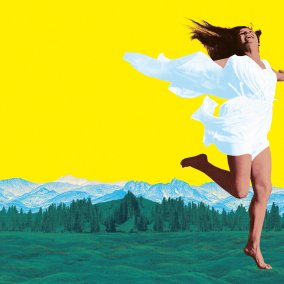Taking the life reform movement as its starting point, the exhibition explores forms of the search for salvation in art and society since the late 19th century. For the seekers of meaning back then, the path to a better life led via alternative medicine and raw food, sport, dance and spirituality, but also via the healing effects of art.
The exhibition features works that testify to the search for a life close to nature and thus respond to life reform movements such as nudism and vegetarianism. The need to move to the countryside as a collective and capture the healing effects of nature in art led to the formation of artists' colonies, such as in Grötzingen near Karlsruhe in Germany or Monte Verità in Switzerland, which are presented in the museum show. Works by mentally ill people, Frida Kahlo and Hermann Hesse are shown in an art therapy context. Works by Rudolf Steiner and Emma Kunz convey visionary approaches to healing and illustrate the therapeutic effect of spirituality.
The exhibition features works that testify to the search for a life close to nature and thus respond to life reform movements such as nudism and vegetarianism. The need to move to the countryside as a collective and capture the healing effects of nature in art led to the formation of artists' colonies, such as in Grötzingen near Karlsruhe in Germany or Monte Verità in Switzerland, which are presented in the museum show. Works by mentally ill people, Frida Kahlo and Hermann Hesse are shown in an art therapy context. Works by Rudolf Steiner and Emma Kunz convey visionary approaches to healing and illustrate the therapeutic effect of spirituality.

